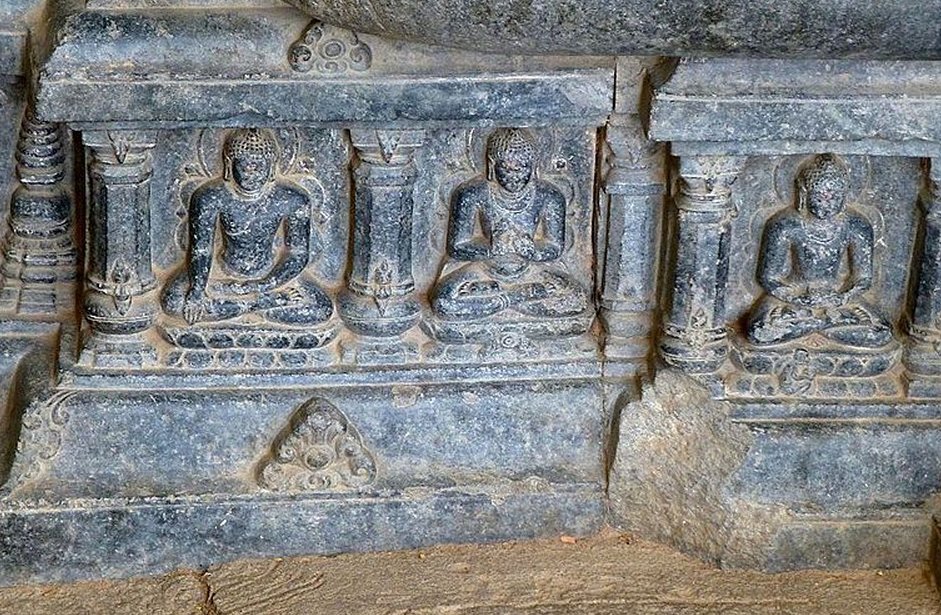Barabar Caves: The Oldest Surviving Rock-Cut Caves With Acoustic Effects In India
A. Sutherland - AncientPages.com - The Barabar Caves are considered the oldest surviving rock-cut caves in India. Mostly dated to the Maurya Empire (322-185 BC), they were carved out of huge, hard granite rock.
The surfaces of caves are not only remarkably polished and beautiful but also enhance every sound inside the caves.
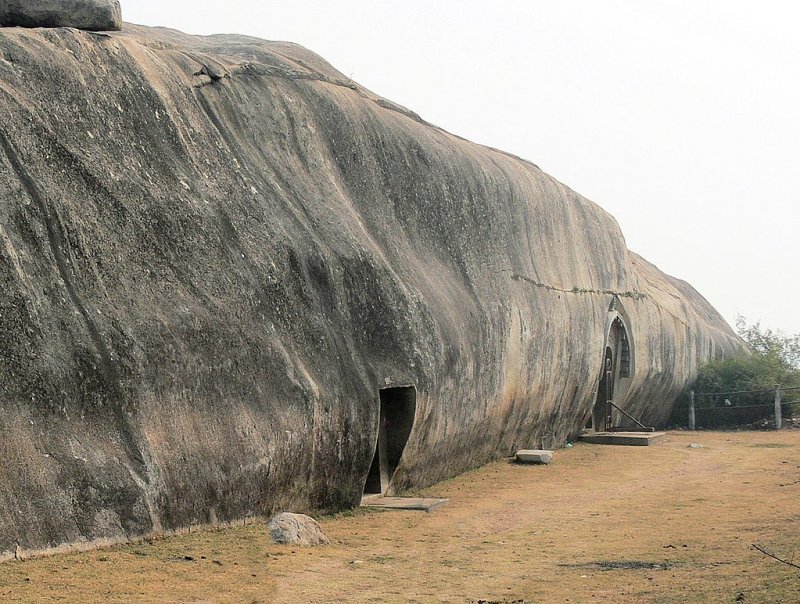 Entrances of Sudama Cave, and further, Lomas Rishi Cave, Barabar Hill. Image credit: Klaus-Norbert - CC BY 3.0
Entrances of Sudama Cave, and further, Lomas Rishi Cave, Barabar Hill. Image credit: Klaus-Norbert - CC BY 3.0
Sir John Hubert Marshall (1876-1958), who oversaw the excavations of Harappa and Mohenjodaro, two of the main cities that comprise the Indus Valley Civilization, wrote about the Mauryan sculpture:
"extraordinary precision and accuracy which characterizes all Mauryan works, and which has never, we venture to say, been surpassed even by the finest workmanship on Athenian buildings."
There are seven caves in all and are dated at least two thousand five hundred years old. They are a mysterious and fascinating place mainly due to a remarkable combination of high polish finish and incredible echo effects generated within the caves.
The caves are situated in the twin hills of Barabar (four shelters). Three others - Nagarjuna Caves are in the 1.6 km distant Nagarjuna Hill, among the rock-strewn ridges of Jahanabad, Bihar, India.
Glass-Like Smoothness And High Perfection Of Skilled Builders
Barabar Caves is an important archaeological site. Carved out from solid rocks, the caves bear details of the life of Buddha.
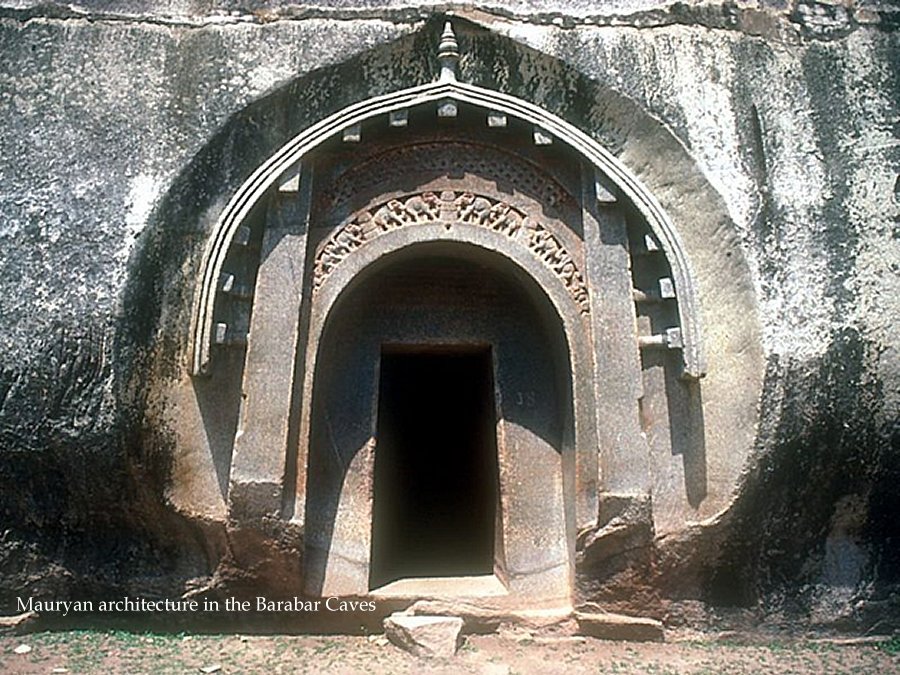 Mauryan architecture in the Barabar Mounts. Grotto of Lomas Rishi. 3rd century BC. Image credit: Photo Dharma from Penang, Malaysia - CC BY 2.0
Mauryan architecture in the Barabar Mounts. Grotto of Lomas Rishi. 3rd century BC. Image credit: Photo Dharma from Penang, Malaysia - CC BY 2.0
Most Barabar caves consist of two rooms, cut out of granite, with perfectly chiseled and polished inner surfaces, resulting in high perfection glass-like smoothness. The impression is imposing because rock boulders outside the cave are rough and irregular.
The technology and design of the Barabar caves have features such as inclining walls, rounded roofs, and lustrous inner surfaces, which we can characterize as mirror-like in their fantastic effect.
Their acoustics is also masterwork; the surfaces are remarkably polished and beautiful and enhance every sound inside the caves!
They give an impression as if they are cut with a laser. Building technical knowledge and skills of ancient creators are recognizable and remarkable because this work was done over 2,200 years ago.
Ajivika Ascetics Were Portrayed As 'Charlatans'
One of the caves belonged to Buddhists, and at least two others were associated with Ajivika.
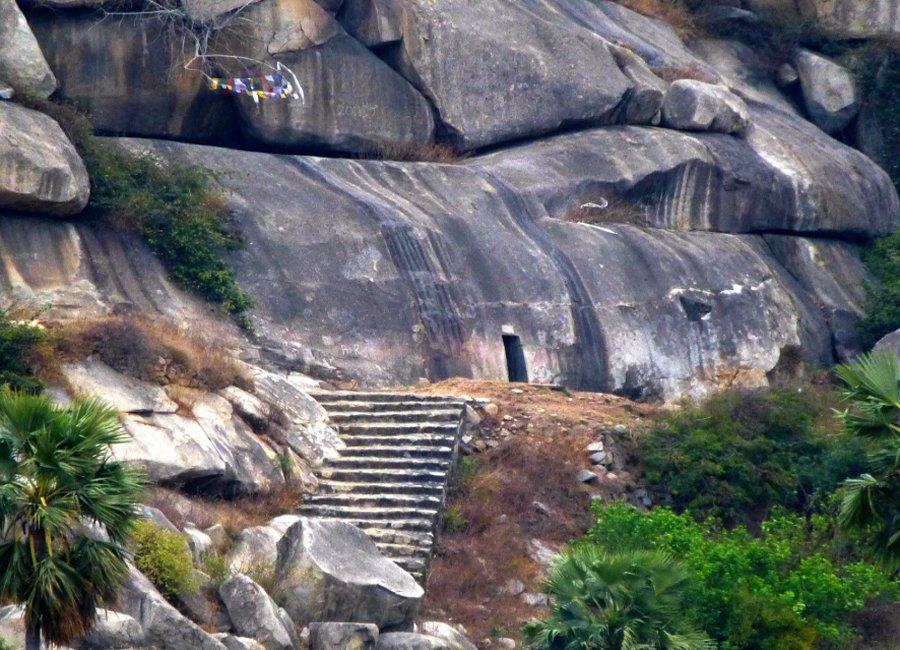
Staircase and Cave Entrance of the Gopika cave, at Barabar, Bihar. Image credit: Anandajoti - CC BY 2.0
This ascetic sect emerged in India about the same time as Buddhism and Jainism and lasted until the 14th century.
The caves were carved out of granite, then finished with a polishing of the inner surface, giving a perfect mirror effect of great regularity. An additional feature of the Barabar Caves is an echo effect.
The first room, a large rectangular hall, was used for gatherings of worshippers, and the second, a smaller, round, and domed - for worship. At the site, there are several rock-cut Buddhist and Hindu sculptures. Some caves have decorations in the form of Ashokan inscriptions. Ashoka the Great was an Indian emperor of the Maurya Dynasty who ruled almost all of the Indian subcontinent from c. 268 to 232 BC
Three Nagarjuna Caves - the Vadathika, the Vapiyaka, and the Gopi - are smaller and younger than Barabar caves. They can be found on and around Nagarjuna Hill. The biggest of them is the Gopi, decorated with inscriptions found within and above the doorway.
Buddha Statue Base at Barabar, Bihar, India. Image credit: Photo Dharma - CC BY 2.0
All the three Nagarjuna caves, with the same glass-like finish on the rock surfaces, testify to the technical skills of India's builders and the high quality of their equipment.
The text refers to the cave excavation in 214 BC, when King Dasaratha, the grandson of Ashoka ruler (273–232 BC), ascended the throne and donated the Nagarjuna caves to the Ajivikas, the lost Ajivika sect. This sect - to the 5th century BC - once competed with Buddhism and Jainism for influence, only to lose out and get wiped off.
Today, everything, including the texts of their faith, has been lost.
There is some knowledge about Ajivikas' history and philosophy, but it originates from secondary sources, mainly the ancient and medieval texts of India, especially the Buddhist and Jain sources.
The Ajivikas have been portrayed as 'Charlatans,' and their beliefs are trashed. We know they were fatalistic, and their central belief was 'Niyati' or Fate. They sincerely believed in fate. There was no free will; everything that has happened, is happening, and will happen is entirely preordained, and nothing could change it.
Updated on June 22, 2022
Written by A. Sutherland - AncientPages.com Senior Staff Writer
Copyright © AncientPages.com All rights reserved. This material may not be published, broadcast, rewritten or redistributed in whole or part without the express written permission of AncientPages.com
Expand for referencesC.P.R. Environmental Education Centre, Chennai
N. Lahiri, Ashoka in Ancient India
More From Ancient Pages
-
 Ancient Human Feeding Behavior Studied By Scientists
Archaeology | Jan 18, 2022
Ancient Human Feeding Behavior Studied By Scientists
Archaeology | Jan 18, 2022 -
 Shipboard Cannon Found On The Swedish West Coast May Be Europe’s Oldest!
Archaeology | Sep 12, 2023
Shipboard Cannon Found On The Swedish West Coast May Be Europe’s Oldest!
Archaeology | Sep 12, 2023 -
 Early European Farmers Traced To Anatolia, DNA Study Shows
Archaeology | Jan 5, 2016
Early European Farmers Traced To Anatolia, DNA Study Shows
Archaeology | Jan 5, 2016 -
 Ancient Roman Shipwreck Marausa 2 With Intact Cargo Recovered Off The Coast Of Sicily
Archaeology | Oct 23, 2023
Ancient Roman Shipwreck Marausa 2 With Intact Cargo Recovered Off The Coast Of Sicily
Archaeology | Oct 23, 2023 -
 Evolution Of Plague Over Hundreds Of Years In Scandinavia Documented By Scientists
Archaeology | Feb 28, 2023
Evolution Of Plague Over Hundreds Of Years In Scandinavia Documented By Scientists
Archaeology | Feb 28, 2023 -
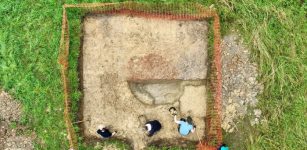 Mystery Of The Roman Tile Kiln At Brandiers Farm Solved!
Archaeology | Aug 18, 2023
Mystery Of The Roman Tile Kiln At Brandiers Farm Solved!
Archaeology | Aug 18, 2023 -
 Tipón (Tipon): Who Taught The Inca How To Build Artificially Irrigated Garden?
Ancient Technology | May 1, 2019
Tipón (Tipon): Who Taught The Inca How To Build Artificially Irrigated Garden?
Ancient Technology | May 1, 2019 -
 On This Day In History: Canute – Cnut The Great – Danish King Of England Died – On Nov 12, 1035
Featured Stories | Nov 12, 2016
On This Day In History: Canute – Cnut The Great – Danish King Of England Died – On Nov 12, 1035
Featured Stories | Nov 12, 2016 -
 Archaeologists Search For The Tomb Of Biblical Joshua At Khirbet Tibnah
Archaeology | Aug 5, 2022
Archaeologists Search For The Tomb Of Biblical Joshua At Khirbet Tibnah
Archaeology | Aug 5, 2022 -
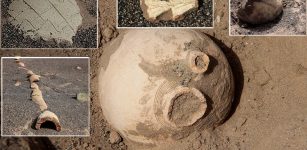 Ruins Of Ancient City Emerged From The Sand In Kerman Province, Iran
Archaeology | Apr 15, 2017
Ruins Of Ancient City Emerged From The Sand In Kerman Province, Iran
Archaeology | Apr 15, 2017 -
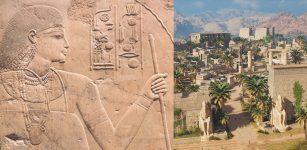 Why Did Ancient Egyptians Fear The Vizier?
Ancient History Facts | May 24, 2018
Why Did Ancient Egyptians Fear The Vizier?
Ancient History Facts | May 24, 2018 -
 Pictograms: First Written Accounts Of Earthquakes In Pre-Hispanic Mexico
Archaeology | Aug 27, 2021
Pictograms: First Written Accounts Of Earthquakes In Pre-Hispanic Mexico
Archaeology | Aug 27, 2021 -
 Who Was Pseudo-Nero?
Ancient History Facts | Apr 25, 2016
Who Was Pseudo-Nero?
Ancient History Facts | Apr 25, 2016 -
 Petroglyphs Hold Secrets To 14,000 Years Of Human Life In Iran
Archaeology | Apr 30, 2020
Petroglyphs Hold Secrets To 14,000 Years Of Human Life In Iran
Archaeology | Apr 30, 2020 -
 Translated Ancient Text Offers Evidence Of An Unknown Sophisticated Civilization Present In All Corners Of The World
Civilizations | Sep 18, 2022
Translated Ancient Text Offers Evidence Of An Unknown Sophisticated Civilization Present In All Corners Of The World
Civilizations | Sep 18, 2022 -
 Sinister Manchac Swamp And The Chilling Curse Of Julia Brown
Featured Stories | Aug 25, 2021
Sinister Manchac Swamp And The Chilling Curse Of Julia Brown
Featured Stories | Aug 25, 2021 -
 Supernatural Beliefs Have Featured In Every Society Throughout History: New Research Helps Explain Why
Featured Stories | Apr 5, 2023
Supernatural Beliefs Have Featured In Every Society Throughout History: New Research Helps Explain Why
Featured Stories | Apr 5, 2023 -
 On This Day In History: King James I Of Scotland Was Assassinated – On Feb 21, 1437
News | Feb 21, 2017
On This Day In History: King James I Of Scotland Was Assassinated – On Feb 21, 1437
News | Feb 21, 2017 -
 Cerne Abbas Giant: Researchers Attempt To Determine Age Of Giant Figure
Archaeology | Mar 27, 2020
Cerne Abbas Giant: Researchers Attempt To Determine Age Of Giant Figure
Archaeology | Mar 27, 2020 -
 10 Ancient Shipwrecks And Several Underwater Artifacts Found Around The Island Of Kasos
Archaeology | Mar 14, 2024
10 Ancient Shipwrecks And Several Underwater Artifacts Found Around The Island Of Kasos
Archaeology | Mar 14, 2024

